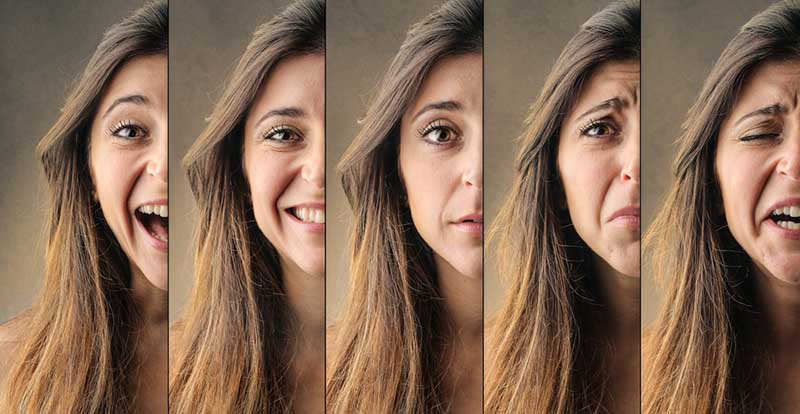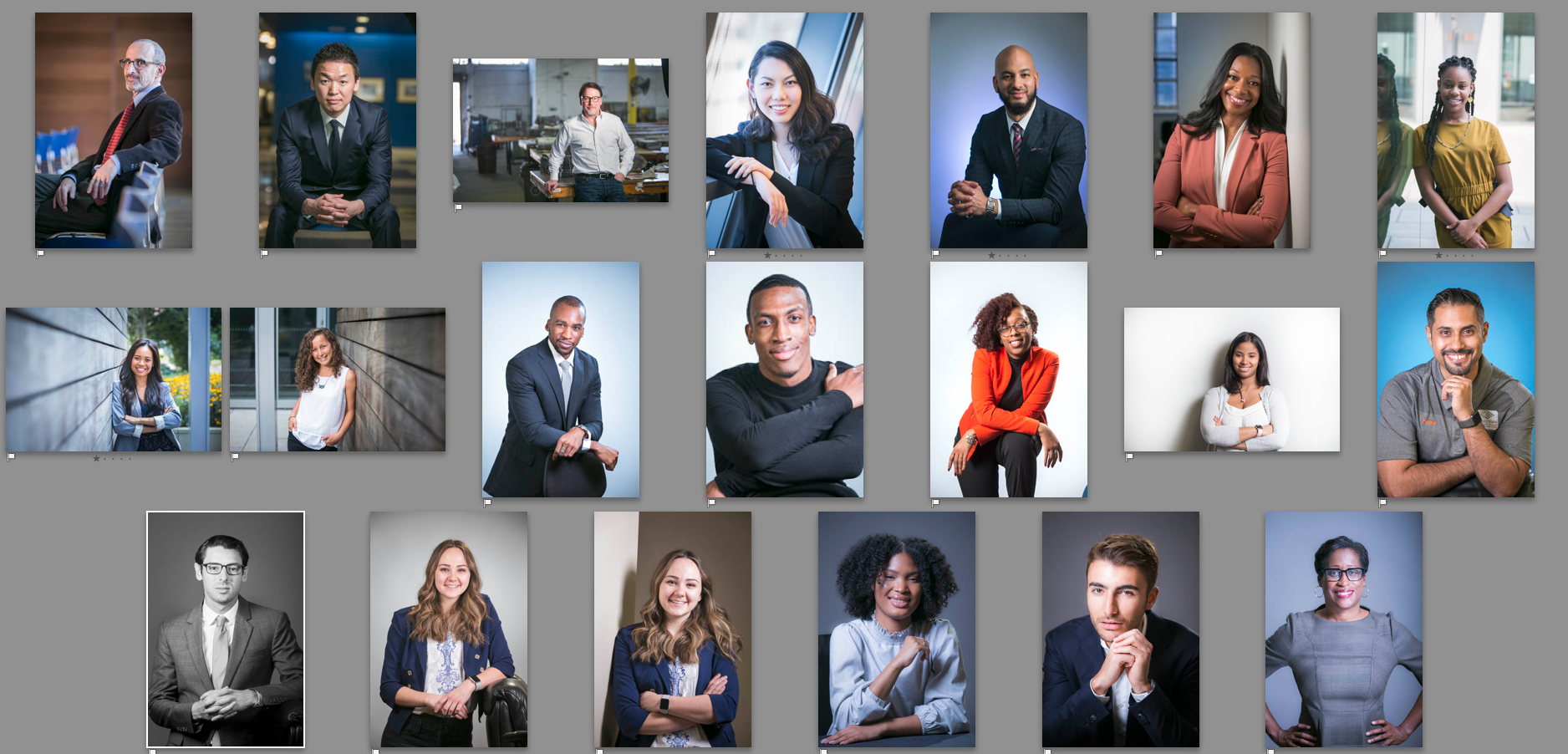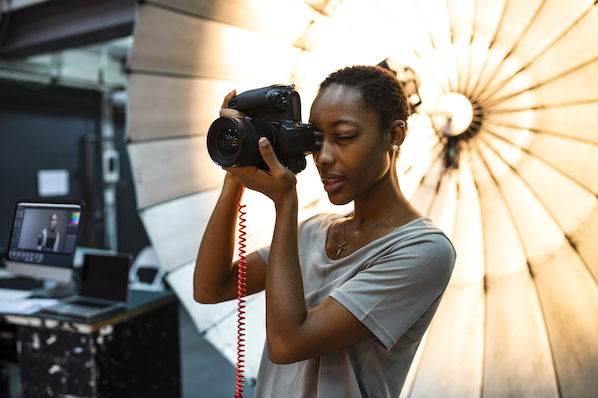Having a headshot is an essential part of being an actor. It’s your first impression of casting directors, agents, and other industry professionals. But what type of headshots do actors need? That’s the question you might be asking yourself as a budding actor. You see, there are so many different headshots that it can be hard to know which ones you need or are suitable for your specific acting career. This blog post will give you all the information you need on what type of headshots actors need and why. We’ll also dive into some different options and examples you can use as a reference when creating yours.
What is a headshot?
A headshot is a specific photograph that features a person’s face, usually in profile. Face shots are often used as promotional materials for actors, models, singers, and other creative professionals. Most actors create headshots for auditions, but you might also need a good headshot if you’re trying to make money as a voice actor. Voice actors often use their photos as a sample of their work. They create a voice reel of different voices they have done and include a photo of themselves.

Why Do Actors Need Headshots?
To clarify, we should start by saying that you don’t need a headshot for every job you get as an actor. However, if you want to land any work that involves being in front of the camera, you will need one. This is because a headshot allows casting directors and producers to choose the best person for the job based solely on their appearance (sorry, but looks do matter!). It also allows them to see how you might look in the role. A headshot is an excellent way for an actor to create an image for themselves. The right headshot can show casting directors what roles you’re interested in, what kind of person you are, and what type of work you’re willing to do.
Useful Link: How to Become an Actor in Washington DC
Types of Headshots for Actors
There are tons of different types of headshots out there — each with its specific purpose and style. We’ll go through some of the most common ones used by actors. Agency Face – This full-length photograph typically has the actor’s whole body in the shot. Having a plain background in this kind of headshot is a good idea because you want to draw attention to your face and not your surroundings. Agency Full Body – Similar to the agency face, but features the entire body instead of just the beginning. Bankable – A type of headshot for actors that are typically taken outdoors. A bankable headshot is meant to show that you’re available for any role and willing to travel for work wherever possible.

Bankable Headshots are usually done in front of a blue screen or green screen. This allows you to digitally insert yourself into different backgrounds. Close Up – A close-up headshot focuses on the actor’s face and neck. These are sometimes referred to as headshots “with a name.” Close-up shots are often used by actors who have “recognizable” faces. They’re mainly used in auditions for TV or film productions. Close-up shots are also used by actors who want to show their ability to do character work. These are usually used for stage productions. Close Up with a Name – Same as close-up headshots, but the actor’s name is included in the shot. TV and film actors often use these with “lesser known” faces. Distant – A blurry shot that shows off an actor’s appearance but doesn’t allow them to be identified. Voice actors often use distant shots. Fashion – Fashion headshots are often used by actors who want to pursue modeling. Head and Shoulders – A head and shoulders shot shows the actor’s face, hair, and ears. Entire Body – A full-length shot of the actor with their whole body in the shot. Full-body shots are often used by actors who want to model and are in fitness or figure competitions. Studio Headshots – Studio headshots are done on a plain backdrop in a studio setting. Studio headshots are intended to look professional and high-end. They’re often used by actors who want to pursue a career in commercial or print work.
Useful Link: How to Become an Actor in Boston
Options for Actors: Studio Shoot vs. Outdoor Shoot
When choosing the type of headshot best for you, you’ll also want to decide if you wish to do a studio or an outdoor shoot. Each has its pros and cons, and each will create a different look for your headshot. Studio shoots can be done with a plain backdrop or a blue or green screen. This allows you to digitally insert yourself into various backgrounds. Headshots outdoors can also be done in front of a blue screen or green screen. Studio shoots are done in controlled lighting and environments. Outdoor shoots, on the other hand, can be done in a variety of different settings. When choosing between studio shoots and outdoor shoots, you’ll want to consider what type of look you want your headshot to have and what’s best for your budget.
Examples of Different Types of Headshots
Now that we’ve gone over each type of headshot let’s look at some examples. Agency Face – This full-length photograph typically has the actor’s whole body in the shot. Having a plain background in this kind of headshot is a good idea because you want to draw attention to your face and not your surroundings. Agency Full Body – Similar to the agency face, but features the entire body instead of just the beginning. Bankable – A type of headshot for actors that are typically done outdoors. A bankable headshot is meant to show that you’re available for any role and willing to travel for work wherever possible. Bankable headshots are often done in front of a blue or green screen. This allows you to digitally insert yourself into various backgrounds. Close Up – A close-up headshot focuses on the actor’s face and neck. These are sometimes referred to as headshots “with a name.”

Close-up shots are often used by actors who have “recognizable” faces. They’re mainly used in auditions for TV or film productions. Close-up shots are also used by actors who want to show their ability to do character work. These are usually used for stage productions. Close Up with a Name – Same as close-up headshots, but the actor’s name is included in the shot. TV and film actors often use these with “lesser known” faces. Distant – A blurry shot that shows off an actor’s appearance but doesn’t allow them to be identified. Voice actors often use distant shots. Fashion – Fashion headshots are often used by actors who want to pursue modeling. Head and Shoulders – A head and shoulders shot shows the actor’s face, hair, and ears. Whole Body – A full-length shot of the actor with their entire body in the shot. Full-body shots are often used by actors who want to model and are in fitness or figure competitions. Studio Headshots – Studio headshots are done on a plain backdrop in a studio setting. Studio headshots are intended to look professional and high-end. They’re often used by actors who want to pursue a career in commercial or print work.
Useful Link: How to Become an Actor in Michigan
Conclusion
Having a headshot is an essential part of being an actor. It’s your first impression of casting directors, agents, and other industry professionals. But what type of headshots do actors need? That’s the question you might be asking yourself as a budding actor. You see, there are so many different headshots that it can be hard to know which ones you need or are suitable for your specific acting career. In this blog post, we’ve given you all the information you need on what type of headshots actors need and why. We’ve also gone over the differences.
